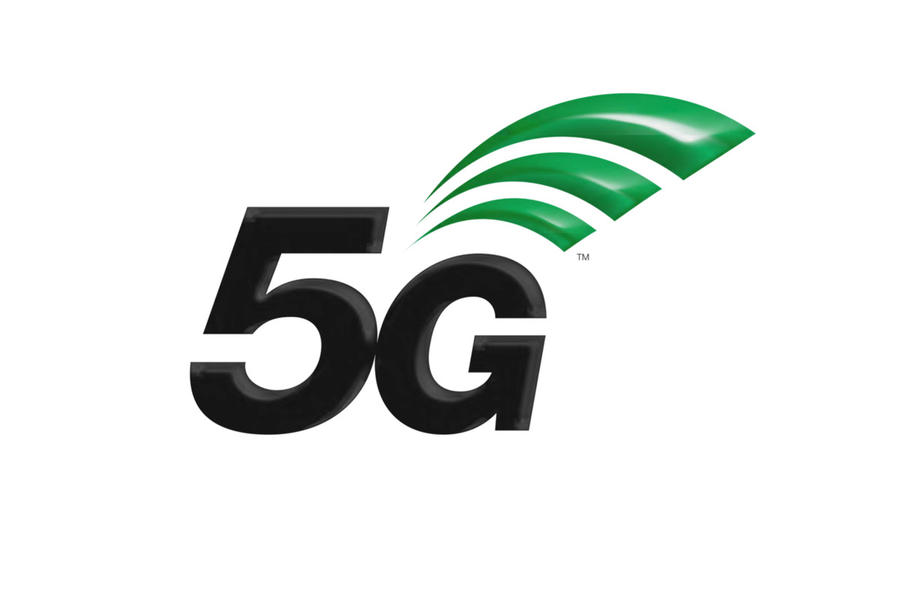Fifth generation (5G) wireless networks began wide deployment by the four major US wireless operators in 2019. Promising data communication speeds from 50 Mb per second to over 2 GB, 5G is poised to evolve to provide data speeds over 100 times faster than current 4G networks. 5G also brings decreased latency, which enables real-time response without any noticeable delay or data lag, which is crucial in mission-critical applications such as navigation, industrial IoT, and public safety. Wireless device manufacturers have announced several phones and related equipment to meet the anticipated demand the new networks will bring. With these increased data speeds will come more advanced applications, many of which will be enabled by 3D location, providing an unbeatable combination of speed and accuracy. With all this optimism, is the promise of 5G too good to be true?
Not necessarily, as long as users of applications have a realistic understanding of what improvements are available with 5G and whether developers will see enough return on investment to justify developing these applications. 5G holds promise for a variety of new use cases that involve 3D location. Take public safety for example. We’ve written about the developments with respect to FCC mandates for Z-axis accuracy with regards to 911 calls. The introduction of 5G doesn’t directly impact that, but I do envision situations where applications used by police and first responders in the field are much improved by better data speeds and decreased latency. 911 call centers could more easily upload information, including photos, audio, and video of the emergency to handheld devices which would enable field personnel to better respond. Polaris Wireless is considering what improvements, if any, can be made to our solutions that don’t already exist with 4G LTE.
I also see potential in exploring other use cases where location positioning isn’t necessarily life or death, but enhances the user experience and improves the business case. Augmented reality (AR) applications, where video, audio, and other data are overlaid onto the user’s real world environment, are expected to take off, since one of the key benefits of 5G is the ability to transmit more data to provide a richer user experience. Knowing the accurate location of an application user, in real time, is crucial to making this type of application a success. Imagine being able to pinpoint someone in a high-rise building and, with AR, showing details of offices, company contact information, customer reviews, etc., and having this data change as the user travels throughout the building. This would also work in a multi-story shopping mall, where product info, sales items, restaurant menus, and much other information could be passed along to a device as the user’s location changes. The combination of 5G and 3D location can make that happen. We will be writing more about 5G as we come across interesting use cases that involve high-accuracy location positioning, so stay tuned!



